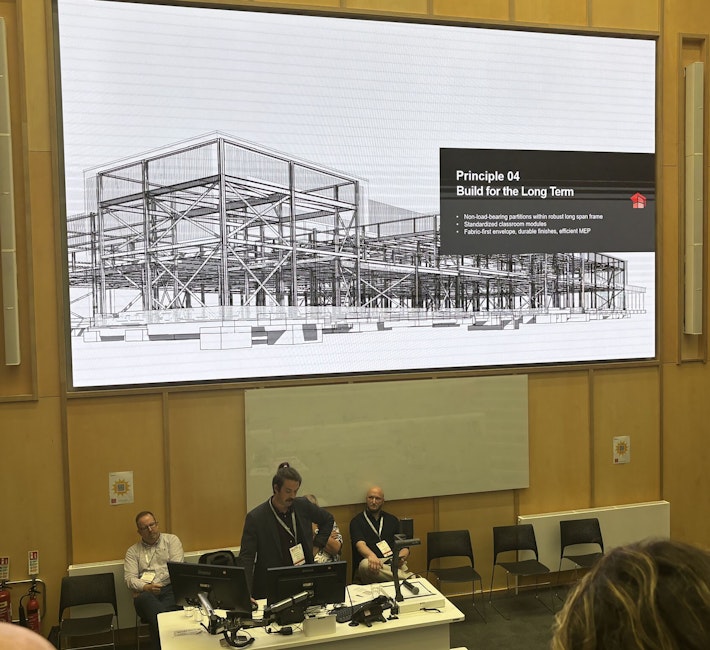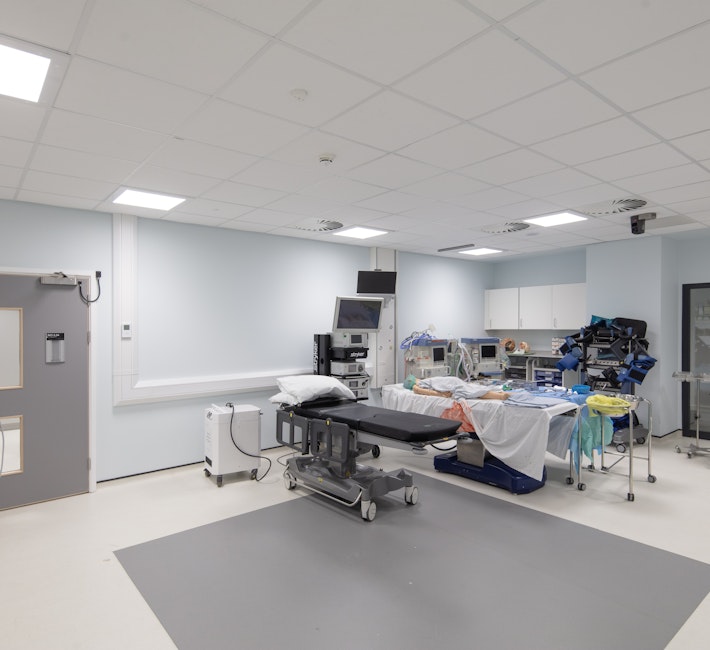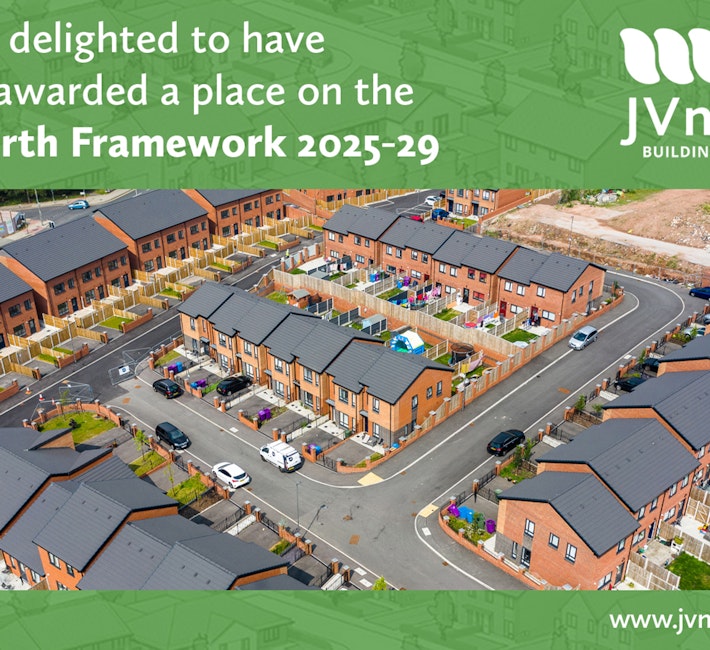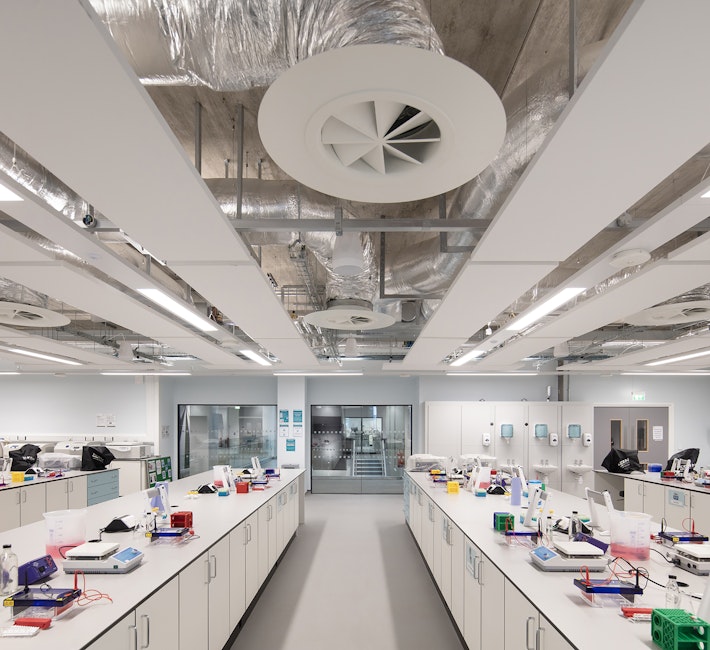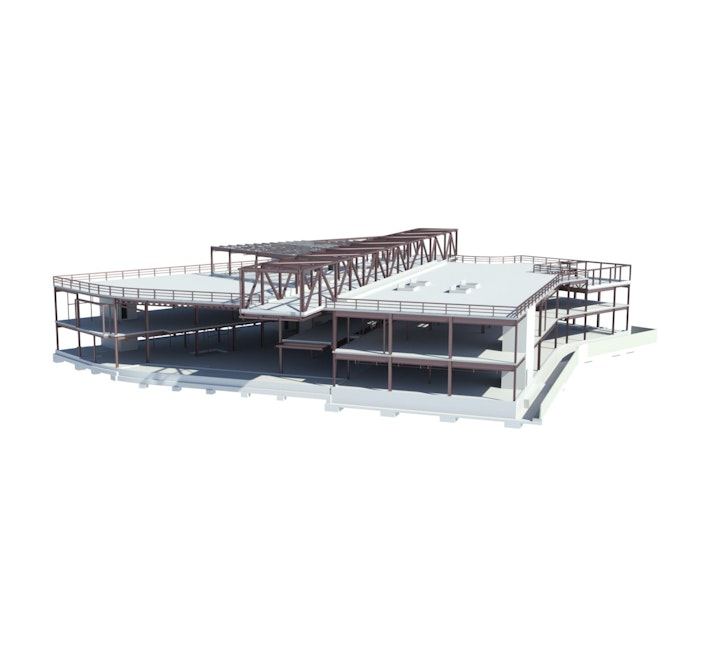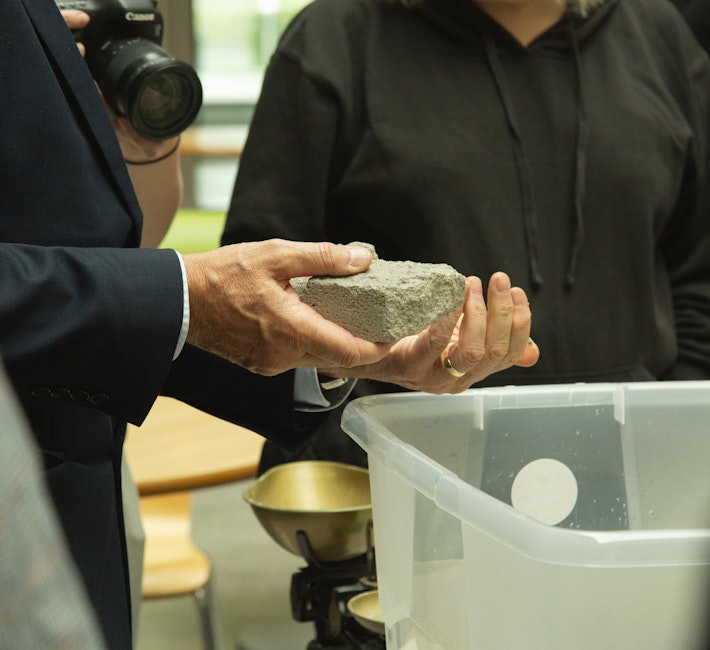Inspiring the Next Generation: A Positive Work Experience Week at Curtins
Last week, we welcomed John, a student from a local high school, for a week of work experience. During his time at Curtins, he explored our company values, gained insight into our history and the engineering industry today. Read on to discover his reflections from the week...

